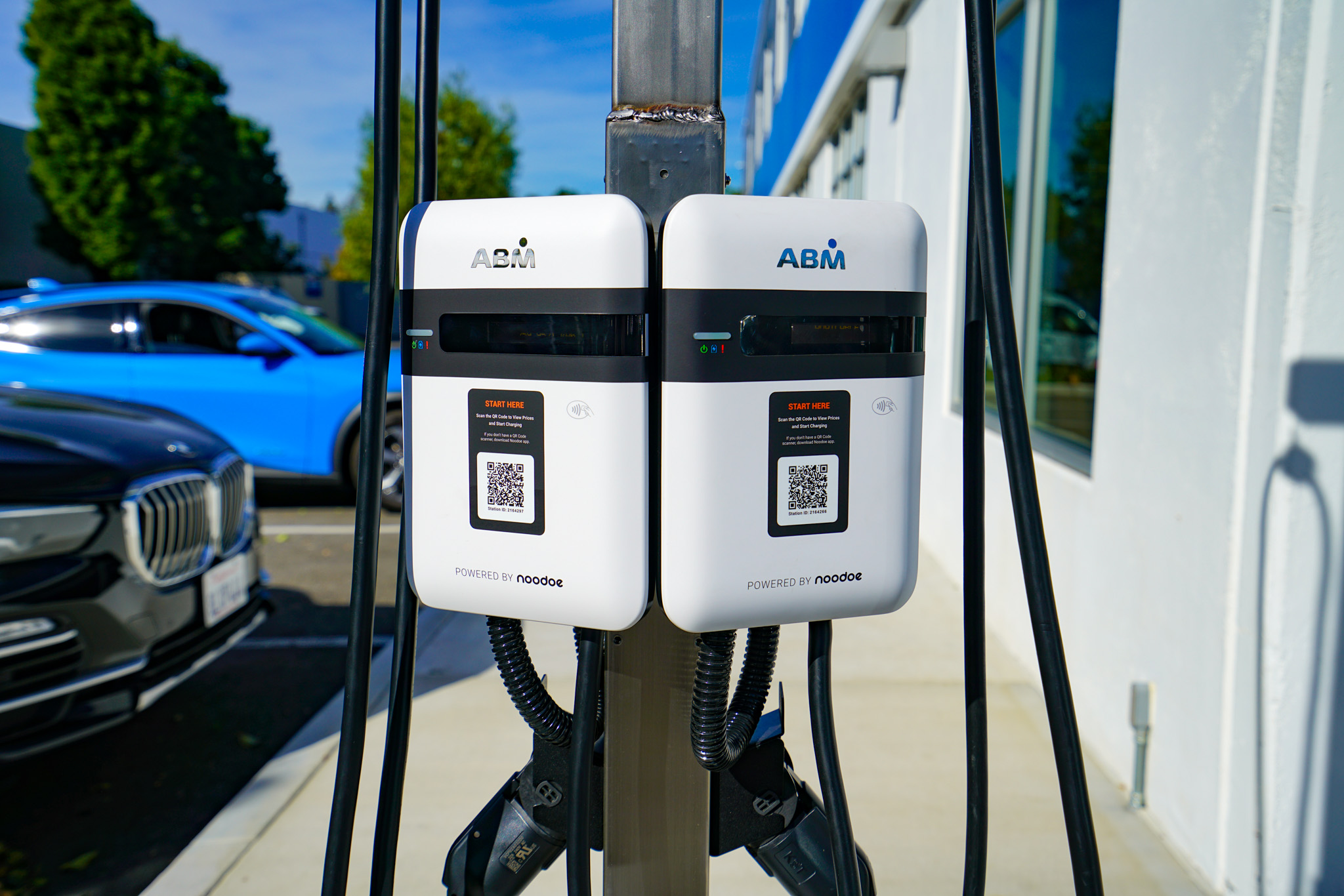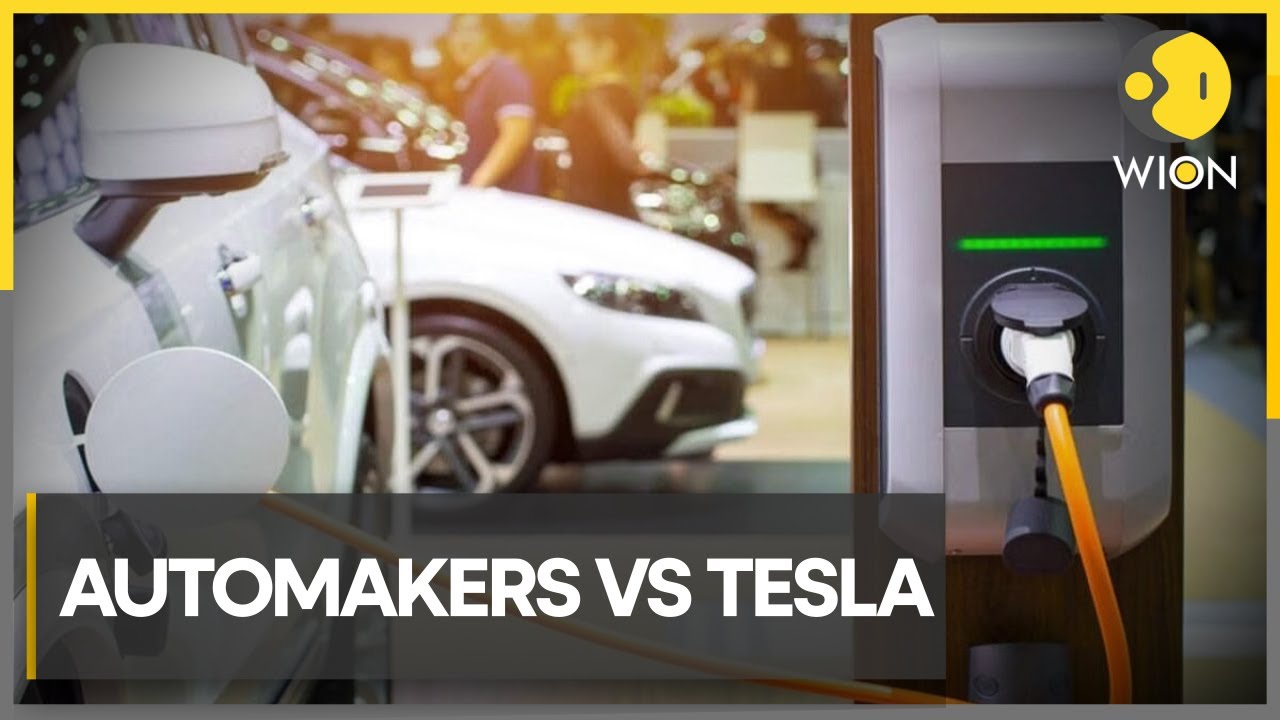Top EV Charging News: Secret Updates on Framework and Innovation

Current Advancements in Fast-Charging Technology

Moreover, improvements in battery modern technology, including boosted thermal management systems and higher power density batteries, complement fast-charging abilities. These growths reduce the danger of battery destruction during fast charging, making certain longevity and performance for EV proprietors.
Additionally, the integration of wise billing services is improving user experience, making it possible for real-time monitoring and dynamic prices versions. EV Charging news. This flexibility allows motorists to maximize billing costs and times based on grid need
As car manufacturers proceed to spend in fast-charging networks, the collaboration between market stakeholders is vital. Collaborations in between billing terminal providers and automobile makers are leading the way for considerable insurance coverage, inevitably cultivating a more durable EV ecosystem. These advancements are critical in supporting the transition to sustainable transportation.
Federal Government Campaigns for Billing Development
Federal government efforts play an important duty in the growth of electric car (EV) charging infrastructure, facilitating the change to lasting transport. Different federal and state programs are being implemented to enhance billing availability, minimize the monetary problem on customers, and advertise the adoption of electric lorries.
Especially, the U.S. government has actually designated considerable funding via the Facilities Investment and Jobs Act, which sets aside $7.5 billion for EV billing network development throughout the country. This funding is focused on deploying thousands of brand-new charging terminals, especially in underserved areas, therefore attending to range anxiousness among possible EV purchasers.
Additionally, many states are passing regulation to enhance the permitting procedure for charging station installments, which is vital for accelerating release. Incentives such as tax obligation credit scores and rebates for both customers and companies are additionally being introduced to motivate the installation of charging framework.
Additionally, public-private partnerships are progressively coming to be a focus, leveraging personal financial investment to match federal government financing. These efforts emphasize a collaborative method essential for developing a effective and thorough EV charging network, eventually contributing to a greener and even more lasting future.
Innovative Battery Solutions Enhancing Effectiveness
Changing the landscape of electric car (EV) innovation, cutting-edge battery solutions are considerably improving performance and efficiency. Advances in battery chemistry, particularly with lithium-sulfur and solid-state batteries, are resulting in boosted power thickness, which permits longer ranges and faster charging times. These new battery types have the potential to exceed standard lithium-ion batteries by using greater abilities while lowering weight, therefore boosting total vehicle efficiency.
Moreover, developments in battery management systems (BMS) are optimizing power use and extending battery lifespan. Intelligent formulas check battery wellness and efficiency, making it possible for real-time changes to billing and releasing procedures. This not just boosts the effectiveness of the battery however likewise guarantees a more lasting and trusted power source for EVs.
Furthermore, the integration of reusing innovations is dealing with the environmental influence of battery manufacturing and disposal. Developments in second-life applications for EV batteries are facilitating their usage in energy storage systems, adding to a circular economy.
As these cutting-edge battery options remain to evolve, they assure to transform the EV market, making electrical cars more obtainable and attractive to a wider audience while sustaining global sustainability objectives.

Partnership Between Automakers and Charging Networks
Acknowledging the vital need for a durable billing framework, car manufacturers are increasingly collaborating with billing network providers to enhance the EV possession experience (EV Charging news). These collaborations intend to create a seamless billing ecological community that profits consumers and supports the transition to electric vehicles
Major auto brand names are signing up with pressures with well established charging networks to expand their charging terminal insurance coverage, making sure motorists have access to convenient and dependable billing choices. Partnerships with networks like ChargePoint and Electrify America allow car manufacturers to integrate billing services directly right into their vehicles' navigating systems, directing customers to the local Continue terminals and providing real-time schedule updates.
Additionally, these collaborations usually lead to the growth of fast-charging innovations that significantly minimize the time required to reenergize an EV. By pooling sources and proficiency, automakers and billing networks can introduce quicker, developing services that fulfill the growing need for electrical movement.
Additionally, joint efforts might also cause more standardized billing protocols, which can minimize customer confusion and promote more comprehensive EV fostering. In general, these critical partnerships are critical in developing a easy to use and reliable billing infrastructure that satisfies the requirements of an increasing electric car market.
Difficulties Encountering EV Billing Infrastructure
As the electric car market proceeds to expand, numerous challenges are surfacing that hinder the advancement of Look At This a detailed billing framework. Among the key obstacles is the insufficient number of charging stations, particularly in underserved and rural metropolitan areas. This space produces variety anxiety amongst possible EV customers, hindering them from making the button.
In addition, the absence of standardization in charging technology complicates the infrastructure landscape. Variations in plug kinds and billing rates can produce complication for users and raise functional intricacies for charging network operators. The integration of billing terminals into existing electrical grids poses substantial obstacles. Lots of regions face capacity constraints, needing considerable investments in grid upgrades to suit boosted demand.
An additional pressing concern is the high expense associated with the installment and maintenance of billing stations, which can be an obstacle for both public entities and personal organizations. Lastly, regulatory obstacles and zoning restrictions can postpone the deployment of billing infrastructure, hampering progress in increasing vital solutions. Resolving these challenges will certainly be critical for promoting a durable EV ecosystem that supports the change to lasting transportation.
Conclusion
To conclude, the recurring innovations in EV charging technology, supported by considerable federal government campaigns and cutting-edge battery remedies, are essential for the growth and effectiveness of electric automobile facilities. Partnerships in between car manufacturers and billing carriers better boost terminal insurance coverage, addressing the expanding need for obtainable billing alternatives. Regardless of obstacles that linger within the EV billing landscape, these advancements represent a positive trajectory in the direction of a more effective and lasting electrical automobile click resources ecological community.
Technologies in billing facilities have led to the development of ultra-fast battery chargers qualified of providing up to 350 kW of power, considerably decreasing charging times. Variants in plug types and charging rates can produce confusion for users and raise functional complexities for billing network drivers.In conclusion, the ongoing innovations in EV charging technology, sustained by considerable government campaigns and ingenious battery solutions, are critical for the development and efficiency of electrical automobile infrastructure. Cooperations between car manufacturers and charging providers better improve terminal coverage, resolving the growing need for available billing choices. Regardless of difficulties that linger within the EV charging landscape, these growths represent a favorable trajectory towards a much more lasting and effective electrical vehicle environment.